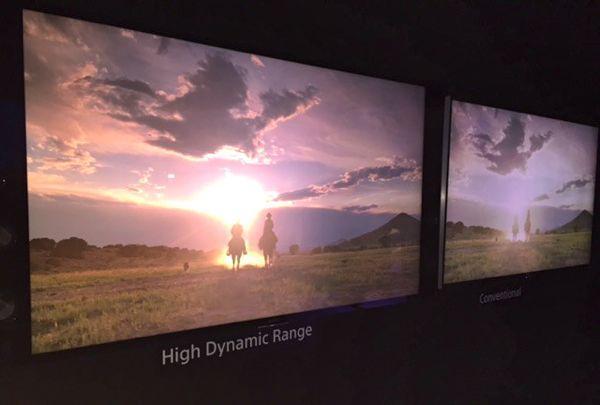CEA Announces Definition for HDR, Encourages TV Makers to Adopt

As high dynamic range (HDR) compatible TVs begin to trickle into stores, the Consumer Electronics Association (CEA) has announced an industry definition for HDR to help retailers and consumers identify TVs, monitors, and projectors equipped to properly display HDR-encoded content.
The definition was approved by CEA’s Video Division Board, which includes TV manufacturers and content providers, and states that a video display may be referred to as an HDR Compatible Display if it meets the following minimum attributes:
- Includes at least one interface that supports HDR signaling as defined in CEA-861-F, as extended by CEA-861.3.
- Receives and processes static HDR metadata compliant with CEA-861.3 for uncompressed video.
- Receives and processes HDR10 Media Profile (which includes 10-bit color depth) from IP, HDMI or other video delivery sources. Additionally, other media profiles may be supported.
- Applies an appropriate Electro-Optical Transfer Function (EOTF), before rendering the image.
CEA's said its role in defining HDR compatible displays complements the work of the UHD Alliance, an industry coalition formed to establish next-generation video standards.
























































